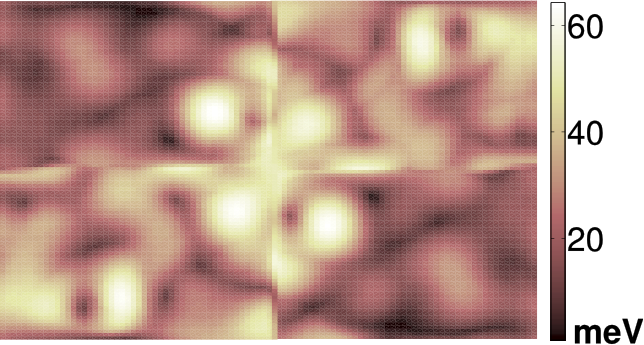Visualisation of electron-phonon coupling in organic semiconducting materials
Location:Institute of Physics Belgrade (IPB), Belgrade, Serbia
Project Abstract:
Organic semiconductors are materials of great current research interest due to their low production cost and suitability for electronic and optoelectronic devices such as solar cells, light-emitting diodes and transistors. To understand the performance of these devices one needs to understand how electrical current flows in these materials. Particles that carry the current are electrons which throughout their motion in the material interact with atomic vibrations – phonons. Therefore, understanding the strength of electron-phonon interaction is crucial for understanding the material properties.
Quantum Espresso is a well-known open source code for the calculation of electronic properties of materials based on so-called density functional theory. It calculates the material properties based on the positions of atoms in the material. The code has several levels of parallelization and can be efficiently used on computing architectures with hundreds or even thousands of computing cores. EPW code is an add-on to Quantum Espresso for calculation of electron-phonon interaction. The developments are underway to add several additional levels of parallelization in this code to enable its scaling to a large number of computing cores.
The aim of this project is to calculate electron-phonon interaction in a particular organic semiconducting material using Quantum Espresso and EPW and to produce a visualisation that describes the dependence of electron-phonon interaction strength on electron and phonon momentum.

2D plot of the dependence of electron-phonon coupling constant in naphthalene crystal on phonon momentum.
Project Mentor: Nenad Vukmirović
Site Co-ordinator: Antun Balaž
Learning Outcomes:
- The student will learn to compile and run the codes on the parallel machine.
- The student will get familiar with the use of high performance computing in materials science and the underlying methods.
- The student will gain experience in visualisation of scientific data.
Student Prerequisites (Compulsory):
Education in computer science, physics, chemistry or materials science.
Student Prerequisites (Desirable):
- Interest in parallel programming.
- Interest in methods (such as density functional theory) and codes (such as Quantum Espresso) for calculation of electronic properties of materials.
- Interest in data visualisation.
Training Materials:
- Quantum Espresso code: http://www.quantum-espresso.org/
- EPW code: http://epw.org.uk
- Organic materials: www.scl.rs/electromat
Project Application Reference: Serbia – IPB- Electron-Phonon Coupling
Applications are now closed